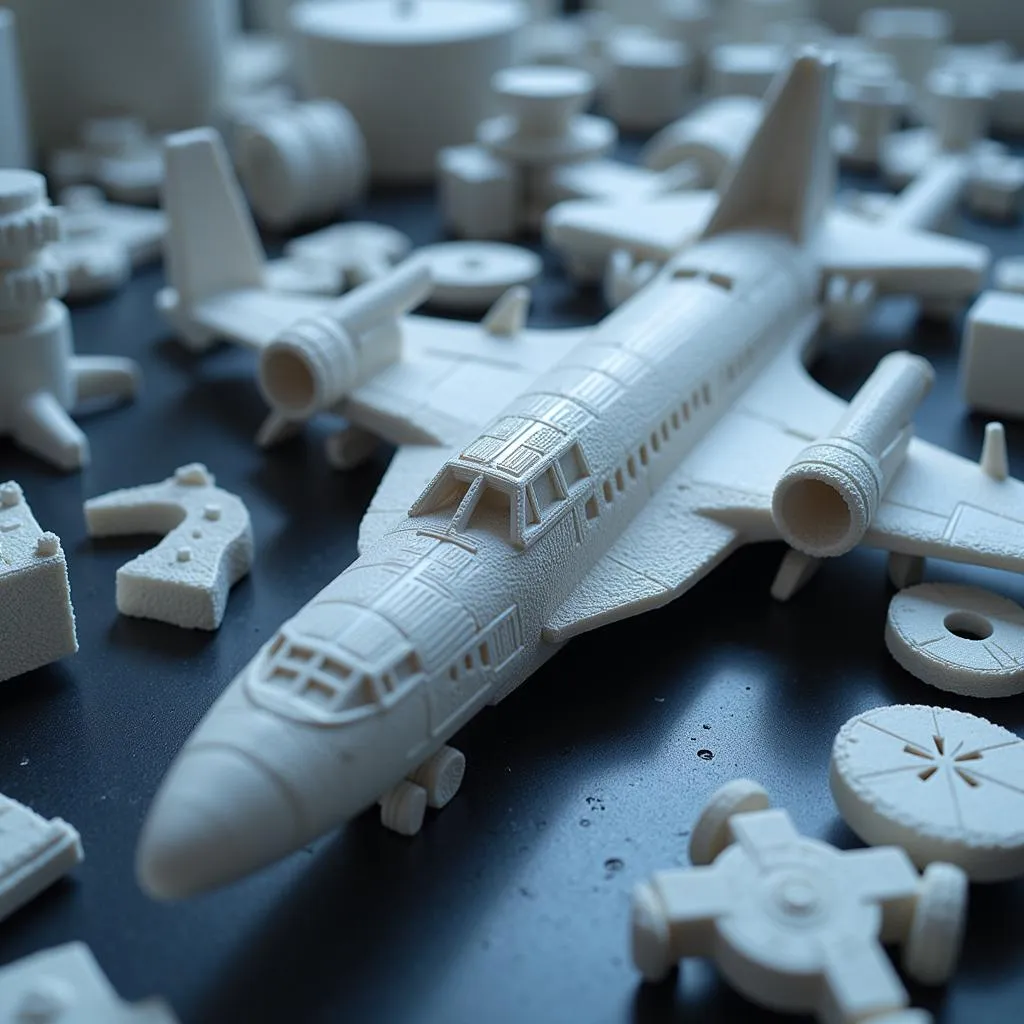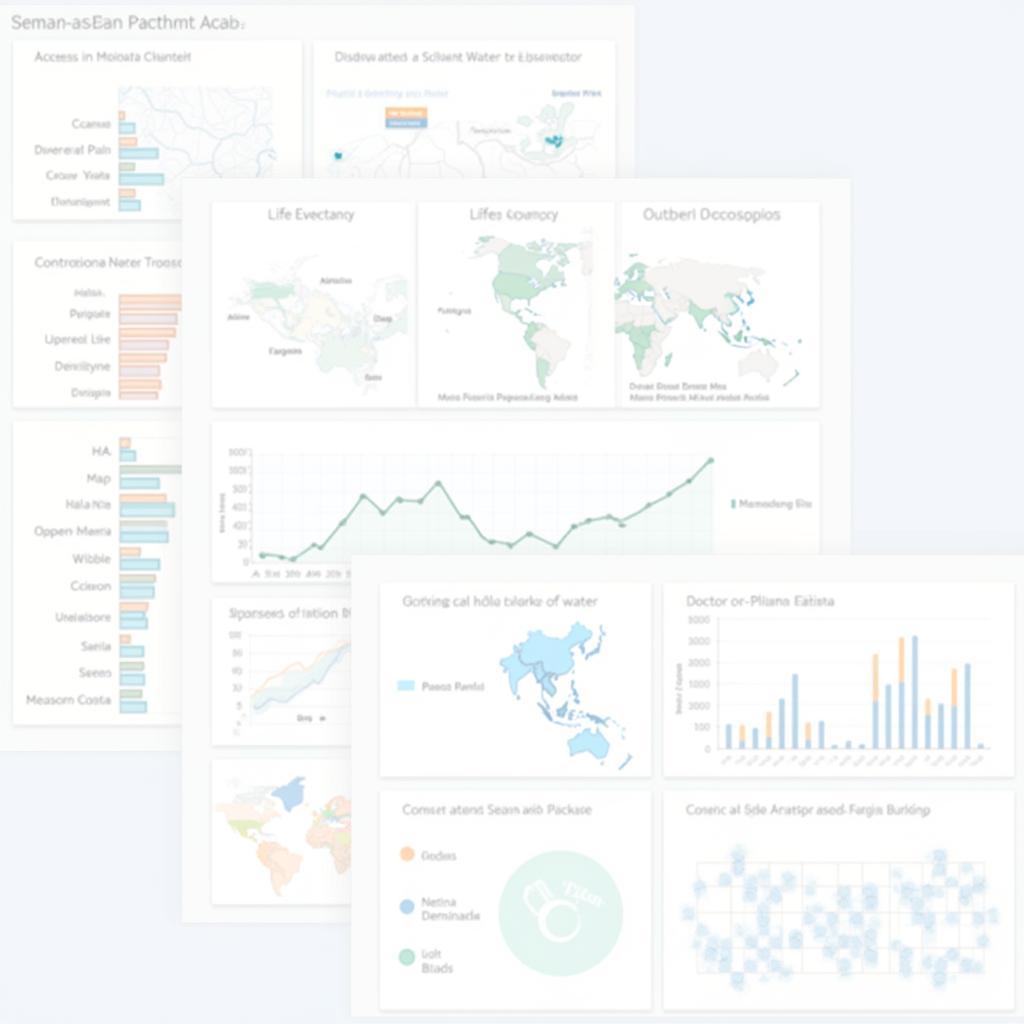The ASEAN region is rapidly adopting additive manufacturing, also known as 3D printing, as a key driver of industrial transformation. This technology is revolutionizing production processes, enabling greater flexibility, customization, and efficiency across various sectors. From automotive and aerospace to healthcare and consumer goods, ASEAN additive manufacturing is poised to unlock unprecedented opportunities for innovation and growth.
The Rise of Additive Manufacturing in ASEAN
 Growth of Additive Manufacturing in ASEAN
Growth of Additive Manufacturing in ASEAN
Several factors are contributing to the surge in additive manufacturing adoption within ASEAN. These include:
- Government Initiatives: ASEAN governments recognize the transformative potential of additive manufacturing and are actively promoting its adoption through policies, funding, and infrastructure development.
- Increasing Affordability: The cost of 3D printers and materials has significantly decreased in recent years, making the technology more accessible to businesses of all sizes.
- Growing Demand for Customization: Consumers increasingly demand personalized products, and additive manufacturing offers the perfect solution for creating customized designs and fulfilling unique requirements.
- Skilled Workforce Development: ASEAN nations are investing in education and training programs to develop a skilled workforce equipped to operate and maintain additive manufacturing equipment.
Key Applications of ASEAN Additive Manufacturing
Aerospace
 3D Printed Aircraft Components
3D Printed Aircraft Components
Additive manufacturing is revolutionizing the aerospace industry in ASEAN by enabling the production of lightweight, complex components with reduced lead times. From engine parts and turbine blades to interior cabin fixtures, 3D printing is enhancing aircraft performance, fuel efficiency, and design flexibility.
Automotive
The automotive sector is leveraging additive manufacturing to optimize vehicle designs, create personalized components, and streamline the production process. From prototyping new car models to manufacturing customized car parts on demand, 3D printing is driving innovation and efficiency in ASEAN’s automotive industry.
Healthcare
Additive manufacturing is transforming healthcare in the region by enabling the creation of patient-specific implants, surgical models, and prosthetic devices. The technology allows for personalized medicine solutions, improved surgical planning, and faster recovery times, ultimately enhancing patient care and outcomes.
Consumer Goods
From customized footwear and jewelry to personalized gadgets and household items, additive manufacturing is empowering businesses to cater to the growing demand for personalized consumer goods. The technology allows for rapid prototyping, on-demand manufacturing, and the creation of unique designs that resonate with individual preferences.
Challenges and Opportunities in ASEAN Additive Manufacturing
While the future of additive manufacturing in ASEAN is bright, certain challenges need to be addressed:
- Standardization and Certification: Establishing common standards and certification processes for 3D-printed products is crucial for ensuring quality, reliability, and interoperability within the region.
- Intellectual Property Protection: As additive manufacturing makes it easier to replicate designs, safeguarding intellectual property rights becomes paramount. Robust mechanisms need to be in place to protect innovation and prevent counterfeiting.
- Data Security: The increasing use of digital designs and data in additive manufacturing requires robust cybersecurity measures to protect sensitive information from theft or unauthorized access.
Despite these challenges, the opportunities presented by ASEAN additive manufacturing are immense. The technology has the potential to:
- Boost Economic Growth: By creating new industries, attracting foreign investment, and increasing exports, additive manufacturing can significantly contribute to ASEAN’s economic prosperity.
- Create High-Value Jobs: As the industry expands, it will generate a demand for skilled engineers, technicians, designers, and other professionals, leading to the creation of high-value jobs.
- Drive Innovation and Competitiveness: By enabling rapid prototyping, customization, and the production of complex designs, additive manufacturing will foster innovation and enhance the global competitiveness of ASEAN businesses.
Conclusion
ASEAN additive manufacturing is poised for exponential growth, driven by government support, technological advancements, and increasing demand from various sectors. By addressing the challenges and harnessing the opportunities presented by this transformative technology, ASEAN can position itself at the forefront of the global additive manufacturing revolution and unlock a future of sustainable and inclusive industrial development.


